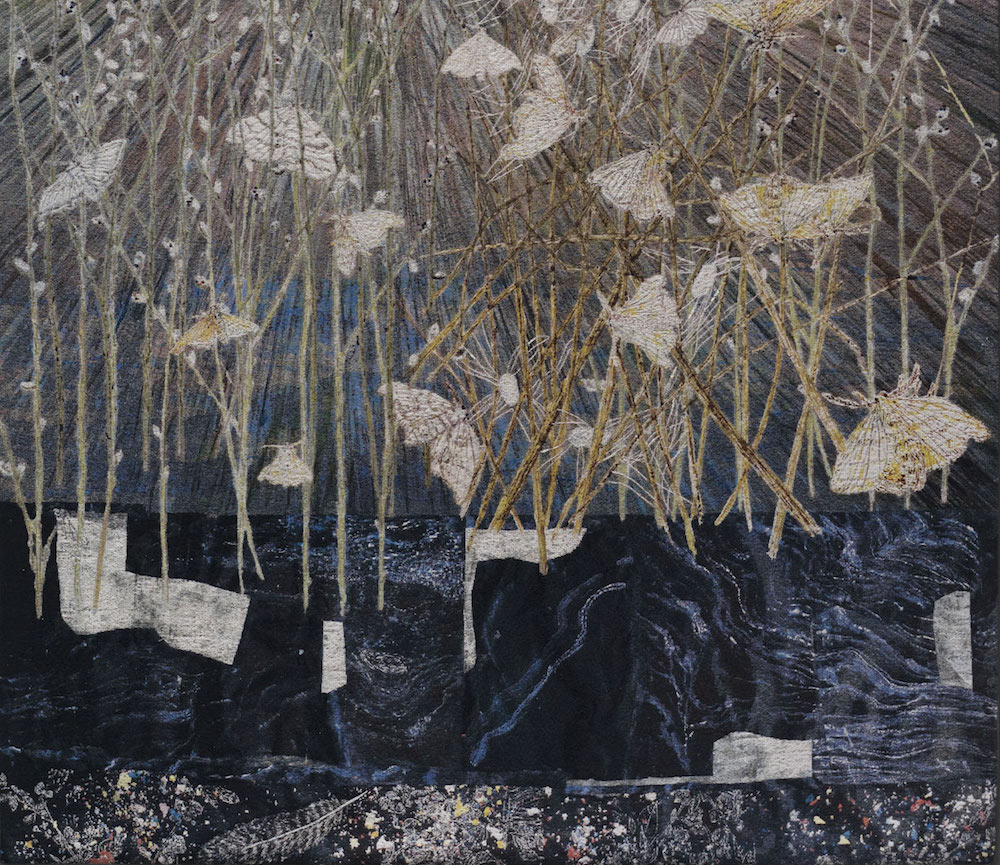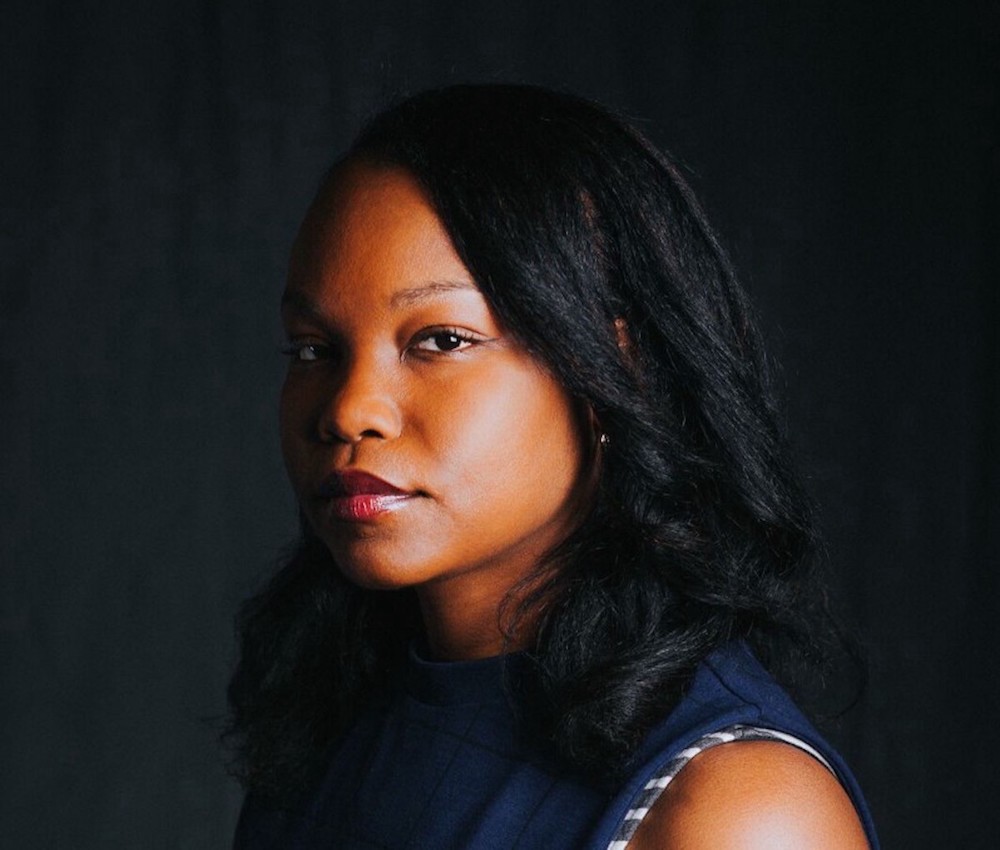Stricken suddenly with a midspring virus on Wednesday, I had all my usual grouchiness about sick days delayed during the four blissful hours I found myself in bed with The Juniper Tree, by Barbara Comyns. I’m not the first Reviewer to discover my love for Comyns—Sadie Stein has written the foreword—but I nevertheless felt like I was charting new territory. When I picked it up, I wasn’t familiar with the Grimms’ tale of the same name, though the epigraph gives any reader a grisly hint. Never before have I read anything like Comyns’s fabulously readable, diary-like prose, which makes the most of simple meals and little pleasures. For example: the magnolia sapling that was a little more expensive than our heroine could manage; the sponge that maintained its shape when so many others sag in the middle; the Italian teacup, still intact. The book has an uncanny kinship to Helen Oyeyemi’s bewitching Boy, Snow, Bird. In fact, Oyeyemi’s blurb on the book’s jacket is a cunning little key to both novels. I wish I had a whole week to make sense of the relationship of both novels to race and fairy tales. —Julia Berick
While I am good at many things, home technology is not one of them, and after months of labored attempts, I still cannot make it so that what I play on my computer appears on the television in my apartment. Anything I want to watch has to be consumed by way of my seven-year-old, 13-inch-screen laptop. Said differently, I go to the movies a lot. Most recently, I’ve been swept up by the Alan Rudolph retrospective, entitled “Alan Rudolph’s Everyday Lovers,” at Quad Cinema. This week, I took myself to a screening of Equinox, a feat of storytelling that works when it really shouldn’t: the narrative pieces are many, and they’re not so much interwoven as they are casually stacked on top of one another. An elderly homeless woman’s death prompts a morgue administrator, who dreams of being a writer, to investigate a mysterious letter in hopes of finding fodder for her first book. Adjacent to this mystery is both a love story and a gangster movie. At the core (I suppose, if you had to pinpoint one), are twins separated at birth, played by the exceptional Matthew Modine. It’s a classic double trope: one twin is a stoic, cold-hearted mobster, all low-humming sex appeal, confidence, and danger; the other is a meek, quaking man, terrified of his own autonomy, and the world can obviously smell his painful vulnerability (in one of the first scenes, he gets mugged for the sparse contents of his grocery bag while a woman in fur and jewels strides past, unnoticed by the thugs). The setting is a grungy, crime-riddled city of indeterminate location. Equinox boasts fantastic acting and a satisfying helping of humor, which play no small part in making this screenplay more than the sum of its patchy parts. Ultimately, it owes its triumph to a self-conscious strangeness that permeates the dialogue, the characters, the setting, and that lets the audience off the hook of trying to make the pieces fit together perfectly. I left with the feeling of just having read a great short story, the kind that leaves you with loose ends you’ll never tie. Unfortunately, the opportunities to see Equinox have passed, but there’s still plenty of Rudolph retrospective left to spectate. —Lauren Kane
Nafissa Thompson-Spires’ new short story collection, Heads of the Colored People, is sardonic and playful, constantly self-referential and engaged both politically and in questions of form and structure. Thompson-Spires uses meta-textual techniques not to distance herself, but rather to get close enough to punch you in the gut. Her fiction reads like the spirited offspring of Paul Beatty, George Saunders, and Kelly Link (the latter two have, unsurprisingly, blurbed her book). The title story, like several others in the collection, deals with the desire to assume another identity, a chosen identity, without having to contend with the ways it changes when overlaid atop a racial one—and the impossibility, in this world, of doing so. Here is one of my favorite passages:
You would think with his blue contacts and unnaturally long hair set against dark chocolate mocha-choca-latte-yaya skin—and yes, there is some judgement in the use of “you”—that Riley would date white or Asian women exclusively, or perhaps that he liked men. But you’d be wrong on all counts, as Riley was straight, and he dated widely among black women, and he was neither in denial nor on the down-low, nor, like John Mayer, equal opportunity and United Colors of Benetton in life but as separate as the fingers of the hand in sex, not like Fredrick Douglas or many others working on black rights in public and going home to a white white (and there is no judgement against Douglas here, just for the sake of descriptive clarity.) Riley liked black women, both in their blackness and womanness and the overlap between these constructs; nor was Riley queerphobic or the type of man to utter “no homo” in uncomfortable situations, because Riley was comfortable enough, if “enough” expresses a sort of educated awareness. There is so much awareness in these two paragraphs that I have hardly made space for Riley, who in addition to black women liked cosplay.
—Nadja Spiegelman
I read the first story in Jamel Brinkley’s new collection, A Lucky Man, a few months ago, when a galley of the book, which publishes this week, came around. It’s stayed in my mind since then, and I’ve finally been able to circle back to the collection. One of the numerous striking qualities in Brinkley’s stories is how precarious his male characters tend to be, so uncertain, deep down, of their cocky masculinity. He observes his characters from a small distance, watching patiently as their swagger, their anger, their love and lust deflate like a leaky balloon. It’s an extraordinary process to witness, “a rupture as quiet as two lips parting.” These stories open on possibilities, fleeting moments when the world, or some understanding of it, becomes available to his characters. Often, such moments collapse, airlessly. One man feels overwhelmed by excitement and panic “in the face of something he wasn’t ready for but was certain would come.” Others “fester in their horniness” and “crackle with foul energy, offended and beseeching.” In that first story, the narrator knows that a woman is “holding something out to me, something real, but I couldn’t quite grasp whatever it was.” This astigmatism is a truth in all of Brinkley’s stories, which, together, become a series of small tragedies. —Nicole Rudick
I have far too many feelings, especially about the American racial imaginary, not to be straightforward about them, so I’m hugely relieved by the recent publication of Hieu Minh Nguyen’s second collection Not Here, which I finally got around to reading this week. Nguyen is a member of that camp of young poets of color mining their psyches for meaning in an era as complicated and confusing as all other eras. Not Here digs into Nguyen’s relationship with his mother, and even his relationship to his relationship to his mother, in the poem “Note” (“It’s important to mention / the only time my mother speaks / English is when I make her speak / in a poem”). He dubs a partner the “White Boy Time Machine” and uses him to search through his own and America’s pasts for ways forward from present events, sexual encounters, family dinners. Not Here is a roadmap for self-awareness, and Nguyen’s lack of preciousness in his search for historical and personal understanding is a model for all of us. Speaking of which, Kanye West should read Kindred. —Eleanor Pritchett
The Delta Blues Museum in Clarksdale, Mississippi is the great reliquary of the genre, which flourished in western Mississippi for thirty years before being left behind like a chrysalis husk as its artists migrated north and picked up electric guitars. There is case after case of John Lee Hooker’s guitars, gigantic and flaring at the shoulders like seagull wings; all manner of neon-colored suits and fedoras draped over rakishly posed mannequins; and permanently dusty old guitars of the type preferred by Robert Johnson. There is no relic, though, of one of my favorite Delta Bluesman, a man named Sam Langhorn, who only ever recorded eight songs, at the behest of two Ole Miss football players that befriended him in 1962 in Oxford, Mississippi. By reports one of the best Blues guitarists in the Delta but very shy, he was raised by a devoutly religious mother who played a beautiful slide guitar. He played live secular music and drank passionately. The eight songs he recorded are extraordinary. Like Robert Johnson, his guitar is symphonic, strumming the low melody and plucking the high, the resonances mixing like the sounds of a storm. Most remarkable, though, is his voice, a thing of supreme stoicism and steadiness. Slightly nasal and wide, as if he were singing from his rear palate, his voice hits all the notes without ever seeming to change. He sings these gospel songs as if nobody need hear him but himself. It seems a glorious accident we hear him at all. —Matt Levin
I’ve been reading Last Stand at Saber River by Elmore Leonard from a recently published Library of America collection of the famous crime writer’s early westerns. I haven’t read much of the genre, but Last Stand seems to stick to the script: a Civil War veteran returns with his family to their Arizona homestead and faces off with a group local baddies involved in some not-so-secret criminal enterprise. But Last Stand is a bit more complicated. The protagonist, Paul Cable—who, aside from his wife, Martha, is the most likable character in the book—is an ex-Confederate soldier. His adversaries, Kidston family, have hijacked his ranch in order to graze horses they routinely sell to Union cavalry regiments. The Cable family land has been seized by the Kidston’s because Cable is a “Rebel sympathizer”—but who has the most money at stake here? The Kidston’s. Who is trying to put the war behind them? The Cable’s. Anyway, though I’m not sure how I’m supposed to feel about much of it, the novel is thrilling and reminds me of the Bundy standoff in some weird ways. Bottom line, Leonard’s writing is cool and distant, which makes for a great read in this politically complicated, perhaps outdated book. So far, I like Last Stand in same way I like 2018’s newscycle. I cringe at it, but I can’t stop reading. —Jeffery Gleaves
I don’t remember where I was exactly. I was in the mountains—some range I’d never been to before, peaks jutting up to split the sky above the beaches to the south—and the temperature had dropped horribly low. I donned my warm doublet, but the snow kept falling, and I kept shivering. I’d come prepared, though: I pulled a pepper steak out of my bag and chowed down, letting the spices thaw my veins. Then, coming around a corner, I saw a shrine and, several yards before it, a pillar of black smoke. The snow let up, and the sun suffused this pocket in the stone with gray light. Standing among piles upon piles of bones and meat, undeterred by the buzzing flies, a woman was burning beef. She claimed to be a cooking expert who was working to perfect her recipes, which she readily offered to me as a fellow traveler. Excited to learn, I prepared to take notes. I soon realized her advice was no good. One of her favorite dishes involved tossing a mishmash of monster parts into a pot. Another called for roasting meat alongside rare gems. Having tried similar concoctions before and ended up with dubious food, I respectfully disagreed with her methods; there was probably a reason she had sequestered herself in the mountains. Then we parted, and I continued my climb. Even ninety hours into The Legend of Zelda: Breath of the Wild, I’m still uncovering hundreds of these lurking secrets. A year after its release, the game strikes me as generous in a way few works of art can even come close to. —Brian Ransom
from The Paris Review https://ift.tt/2JRebmk




Comments
Post a Comment